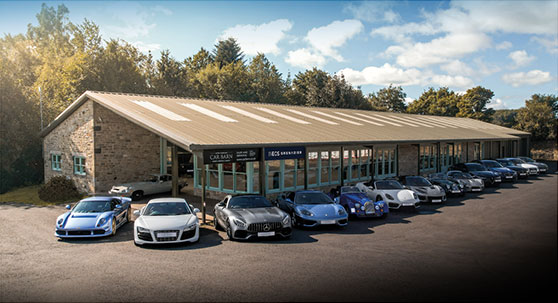Further Information
* Repainted Fire Engine Red from original Graphite Grey DB190 (can be repainted)
* Car number 24,981 from the last year of production (includes the 1961 upgrades)
* Dry stored and well maintained with the 928 engine.
* Original Hardtop
Chassis number 121040 10-024981 on plate and chassis stamped.
Engine number 12192810002457 stamped on engine block, below 4th spark plug
Built in the summer of 1962 this 190SL Roadster with both soft (beige) and hard tops was one of the penultimate cars of its final year of production.
1962 10023532 - 10025777 Total 2246
1963 10025778 - 10025881 Total 104
Although no cars were built in 1963, the final 104 cars were officially listed as 1963 models.
This car was originally delivered as a US car in Graphite Grey DB190 which you can see on the pillars, and owned by a now retired property exec in Virginia, who sold it to a well known Mercedes dealer in New York.
In 2006 its US title shows 95,981 miles, today its gone around the clock and shows 4,000 miles, total mileage is believed to be 104,000 miles.
Dry stored and well maintained this very solid 190SL benefits from recent paint, engine service and tune. Recent front suspension work, exhaust and brake work been done. Tires and wheels are good and hubcaps were replaced.
Its Becker Europa (top end system in 62) looks good, however there is a Kenwood stereo and CD changer in the boot, with speakers discretely placed under the dash.
The changes made to the 190 SL over its production run were cosmetically slight, but in 1961 the engine of the 190 SL was updated.
Visible changes in 1961 were in the interior: the adjustment handles of the heating system were now made of the soft Hostalen-plastic for safety reasons and in October 1961 seat belts were introduced.
The rear view mirror was fitted on the center of the dashboard by way of a thin chrome spoke attached to the bracket of the mirror and the top of the windshield frame. This spoke limited the amount of spring to the windshield frame when the center latch of the convertible top was secured. To the right of the rear view mirror in this model is an ashtray with a lid and underneath the mirror a small reading lamp.
In 1962 the most significant improvement was the new PVC coating inside the front wheel arches which was introduced in May, the first real measure Mercedes took in rust prevention. Some other changes were a new Bosch VJR 4 BR 29T distributor in April 1962 and modified Mahle pistons in May 1962.
This 1962 car shows the correct front turn-signal lights with clear lenses. Gauges are MPH and Celsius. Original period trunk lock with its separate lifting handle.
This is a lovely original car with original unmolested body and no age related issues, making it an ideal car to invest in either respraying back to original (which we can do for the buyer) and at this price worth investing to bring up the car to show condition.
About the 190SL
Designed as a grand touring car that would be sporty, graceful, and suitable for long-distance travel, the 190SL introduced in 1954 stood in marked contrast to the 300SL Gullwing coupe and roadster that were considered thoroughbred sports cars.
The vision of Max Hoffman, Mercedes-Benz U.S. importer of cars in the early 1950s, prompted the introduction of the 190SL. Hoffman recognized a market opportunity in the United States for a second, lower-priced model to complement the 300SL.
Hoffman’s marketing strategy was to take advantage of the 300SL’s win in the 1952 Carrera Panamericana Mexican road race. He wanted to build on the Mexican win to sell Mercedes-Benz cars in the United States, anticipating good sales potential for two such sporty designs. The American auto market at that time was pro table for the manufacturers of European sports cars. The 190SL was oficially introduced, along with the 300SL coupe, at the February 6, 1954, International New York Motor Sport Show, to much praise in the motoring press.
Background
Two individuals led the way for the development of the 190SL. Rudolf Uhlenhaut was a brilliant Mercedes- Benz engineer who in the 1930s gained recognition in European Grand Prix racing with the successes of the Silver Arrows.
In the postwar period, Uhlenhaut was the driving force behind the Daimler-Benz Board of Management’s March 1951 resolution to return to motor racing. In his 41-year career with Daimler-Benz, Uhlenhaut had as much impact on Mercedes-Benz products as anyone in the history of the company (see The Star, May-June 2010, pp. 48-51). He strongly influenced the rst 30 years of the SL models.
The second individual was Maximilian Edwin Hoffman, an American entrepreneur of Austrian origin. With his keen marketing sense, he recognized that the SL’s racing successes in Europe and especially Mexico
– on his very doorstep – could serve as a launching pad for the Ameri- can market, and he left no stone un- turned in convincing Daimler-Benz to this effect. He built a reputation for European cars in America, and did so by introducing American buy- ers to such brands as Alfa Romeo, Austin-Healey, Jaguar, Porsche, and Volkswagen. The Hoffman Motor Company in New York became the U.S. importer for Mercedes cars in September 1952.
Hoffman was utterly convinced that the SL’s motor-racing successes in 1952 must be put to use as an entry ticket to the American market. His conviction paid off: Hoffman was asked to attend the September 2, 1953, board meeting in Stuttgart to present his ideas and visions for the U.S. market. He demanded a production-version sports car based on the 300SL racing model, as well as an accompanying smaller sports car, with both models introduced at the New York International Motor Sports Show in February 1954 – five months later! The board passed a resolution to develop and produce two entirely new models, the 300SL and the 190SL, and to display exhibition models at the New York show. The minutes of the meeting document the decision to proceed with the Grand tourer at an affordable price Hoffman “sold” Daimler- Benz on his idea, offering assurances and the promise to import and sell the cars in large quantities.
Road handling and dependably safe road characteristics: The front axle wheels are individually mounted on double-wishbone transverse links with central coil springs and hydrau- lic shock absorbers. The single-joint swing rear axle is based on the proven M-B racing design.
Fully synchronized 4-speed gearbox:
Synchronized manual transmission allows the driver to shift the car with ease and, importantantly from a safety aspect, select the correct gear for any situation.
The 190SL gearbox is excellent for downshifting from a higher gear (third or fourth) to a lower gear ( first or second), which allows the driver to use the car’s engine as a brake. This capability is particularly useful in maintaining handling control under icy and wet road conditions.



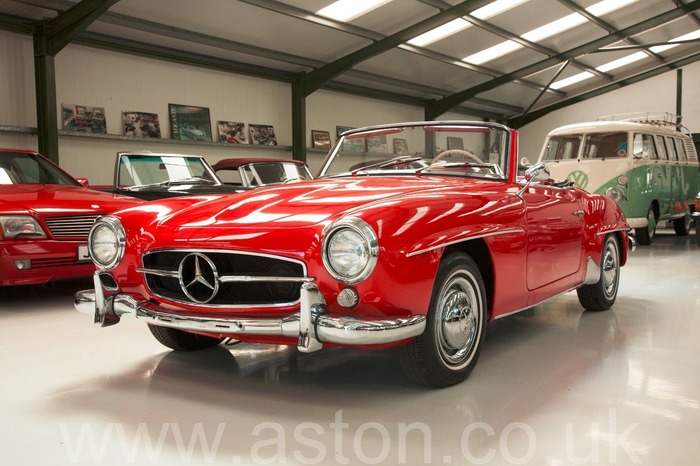
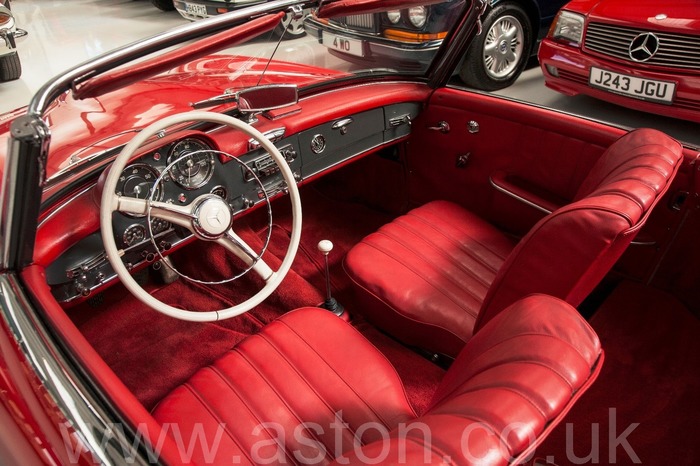
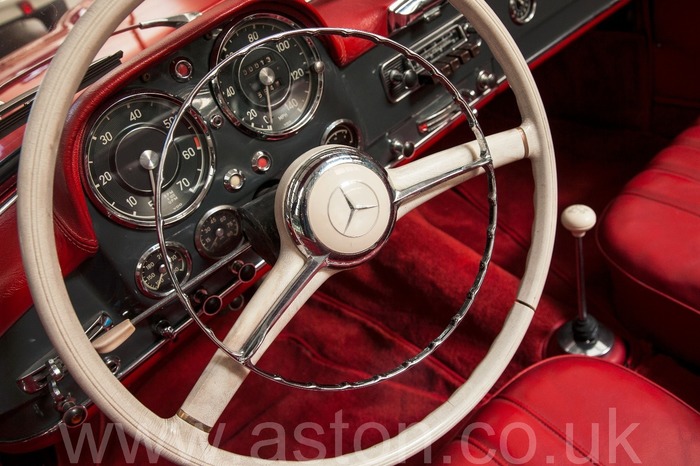
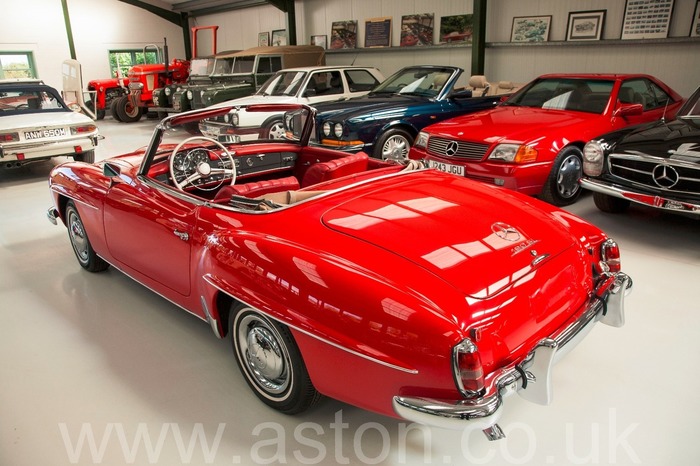
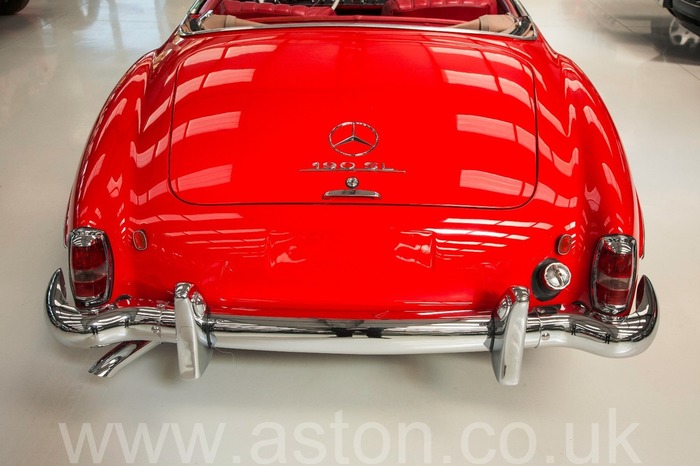
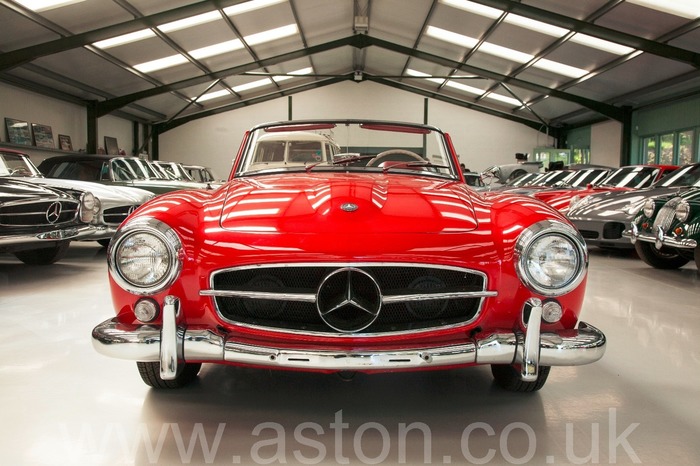
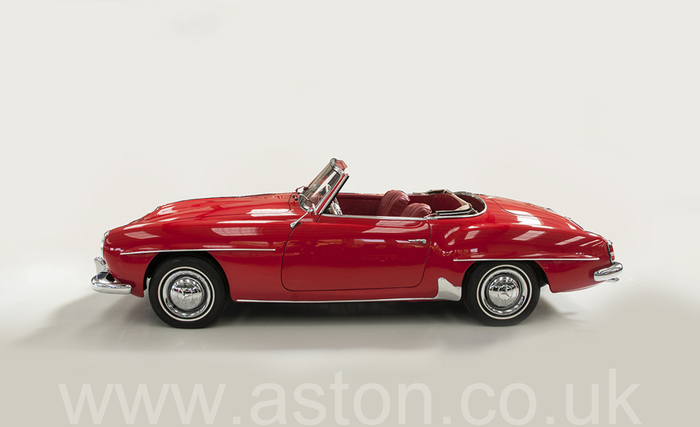
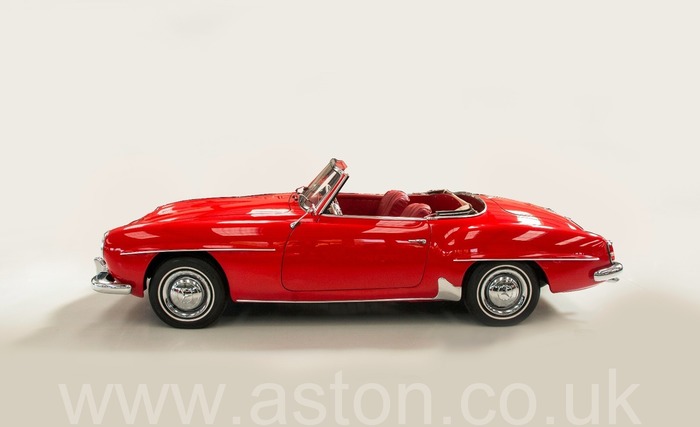
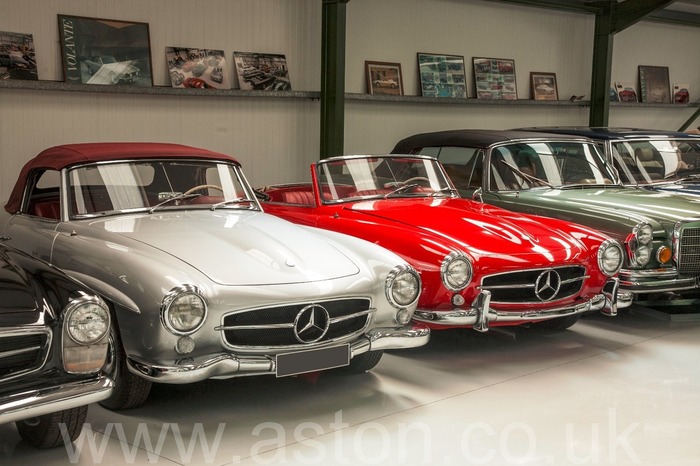
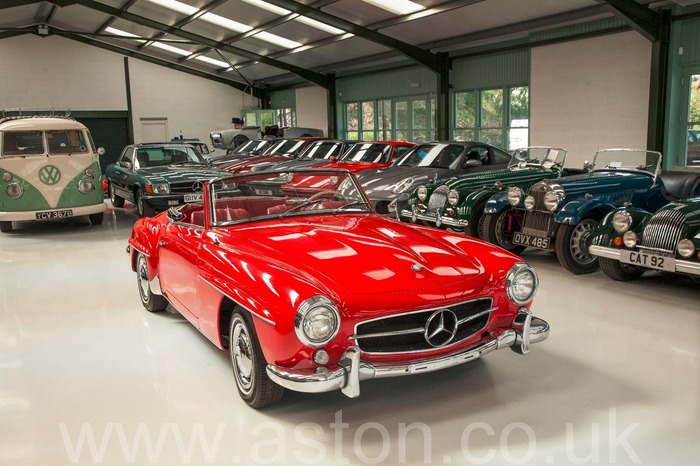
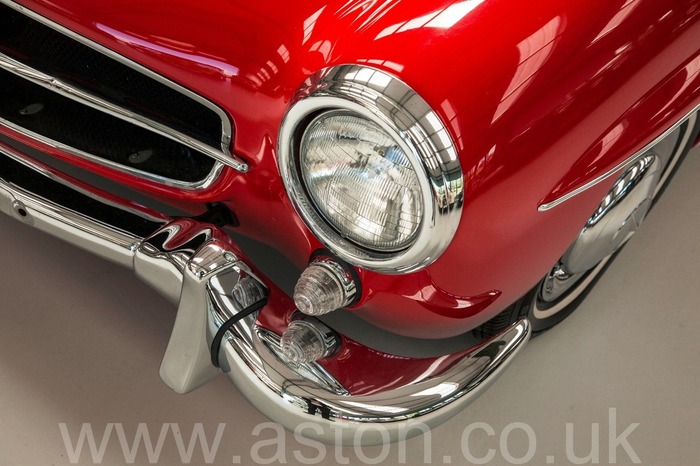
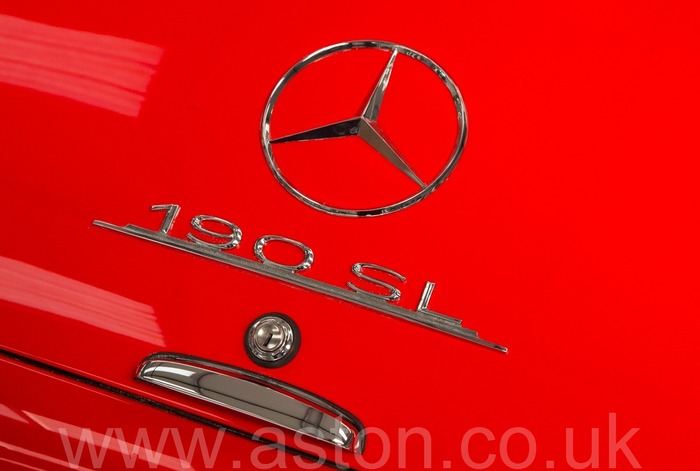
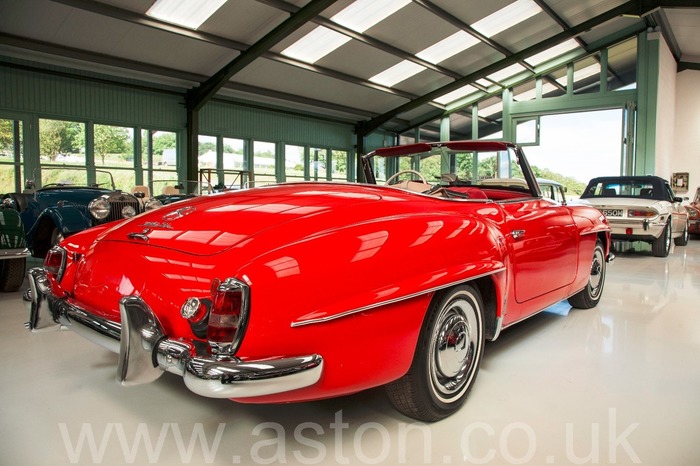
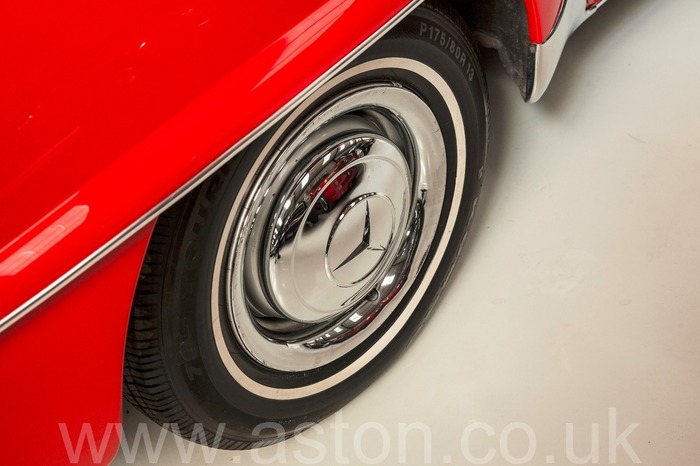
 PDF Details
PDF Details
